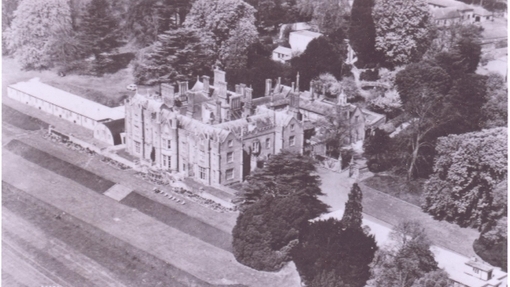A fascinating past
A fascinating past
The first mention of a manor house at Latimer was recorded as early as 1194 AD. In 1331 it was leased to William Latimer and was passed down through the Latimer family until the 16th-century, when it was bought by William Cavendish.
The red brick Tudor style grand mansion house that still stands at Latimer Estate today was designed by Edward Bore, most notable for his completion of John Nash’s design of Buckingham Palace, completing in 1838.
During the Second World War the story of Latimer House took its most dramatic turn, when it became the centre of top secret activities run by MI5 and MI6.
Used as a base for high-ranking German prisoners, the equivalent of £21 million was spent setting up operations including the installation of state-of-the-art covert listening and recording equipment. Unaware that they were being recorded, German prisoners and generals would talk freely giving away crucial war secrets, unaware they were being listened to by a team of 90 people.

The work carried out at Latimer House has now been recognised by Historic England as being “on a par with the code-breaking at Bletchley Park for the outcome of the war.”
In 1943, the secret listeners at Latimer overheard prisoners discussing Hitler’s newest, most powerful and most dreadful rocket missiles, the V-1 and V-2.
This lead to an order from Churchill (a regular visitor to the house) to bomb the missile development sites. Without this London would have been destroyed with Hitler planning to fire 300 of these a day in the city.
When the conversation transcripts – over 100,000 of them – recorded by the secret listeners were finally declassified, Latimer House became credited with being of similar importance to Bletchley and Wilton Park for gathering vital information that shortened the course of the war.
Read more about the role of Latimer House in the Second World War in our fascinating blog post by historian, Helen Fry, author of The Walls Have Ears.
The intrigue didn’t end with victory in the Second World War, however. When the house was sold in the 1980’s a clause was added that a wall in the basement with a secret tunnel behind it could not be touched for 50 years…
